Ku-ring-gai Council issued clean-up order after pollution spills from synthetic turf upgrade at Norman Griffiths Oval into national park
A council has been slapped with an environmental clean-up order after polluted water was seen spilling from a multimillion dollar synthetic turf sports ground into a national park.
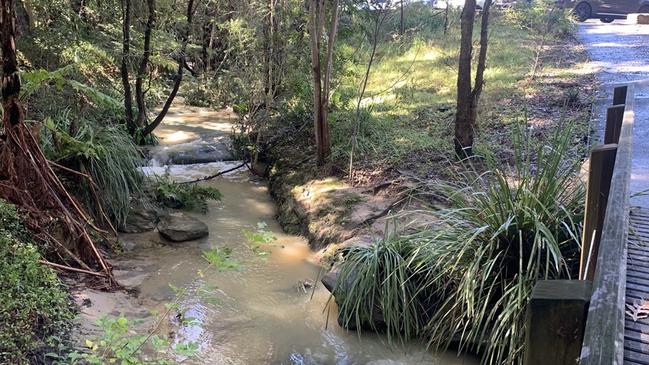
North Shore
Don't miss out on the headlines from North Shore. Followed categories will be added to My News.
A multimillion dollar council-funded synthetic turf sports ground upgrade is under scrutiny from the state’s environment regulator after polluted water was seen spilling from the site into a pristine national park.
The NSW Environment Protection Authority has slapped Ku-ring-gai Council with orders to clean up pollution from the $3.3 million Norman Griffiths Oval upgrade in Pymble in response to sediment laden water observed spilling from the site into Quarry Creek in Lane Cove National Park.
The order follows multiple inspections of the site by the EPA officers which observed sediment laden water discharging from a stormwater outlet at the site into the creek.
According to the EPA, the pollution has been traced to recent damage to a sediment basin at the site which has resulted in the “uncontrolled discharge” of water from a damaged pipe.
According to the EPA, the pollution has resulted in “turbid water”, algae and “suspended solids” in sections of Quarry Creek
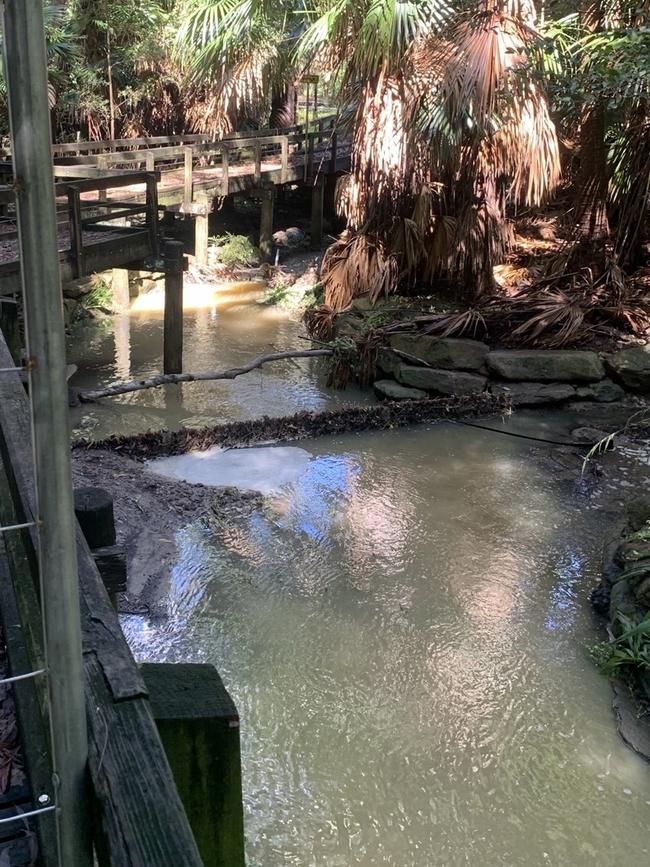
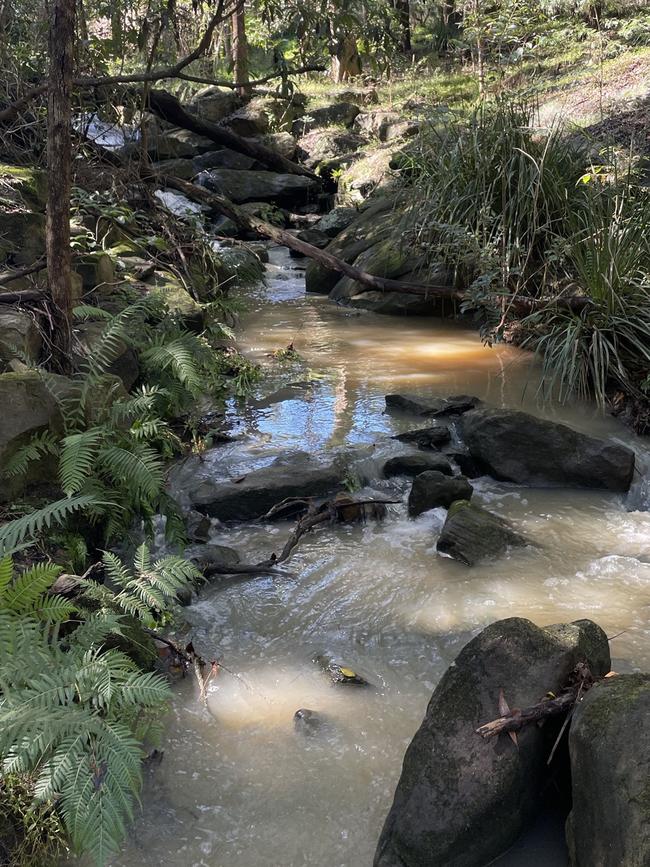
The pollution spill has cemented the fears of many local residents and community groups who actively rallied against the sports ground redevelopment due to concerns over the environmental impacts of laying synthetic turf at the site.
Last year, dozens of locals even banded together to crowd-fund a last-minute Land and Environment Court against Ku-ring-gai Council in an attempt to stop the project going ahead.
The court rejected the appeal and the council upgrade began with Ku-ring-gai Council appointing contractors to install the synthetic turf surface, along with adding new lighting, pathways and drainage systems to the oval.
In a statement, a Ku-ring-gai Council said the pollution occured after a “record rain event in Sydney which resulted in the construction site being inundated with a significant volume of stormwater which lead to a pipe being compromised.”
“This resulted in the escape of sediment laden water off site,” a council spokeswoman said.
“Council takes any environmental incident seriously and it is no different for this site
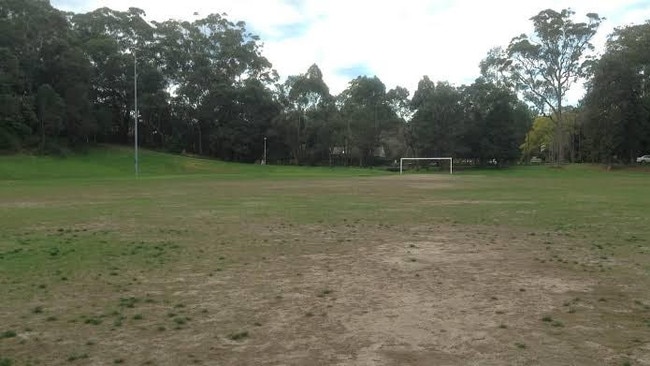
The council is now making arrangements for sediment laden water to be disposed of off-site using trucks.
The EPA has given the council until May 1 to remove the build-up of any sediment originating from Quarry Creek.
As part of the clean-up order, the council must also review potential overflow points at the site and ensure any exposed soil is stabilised to prevent erosion.
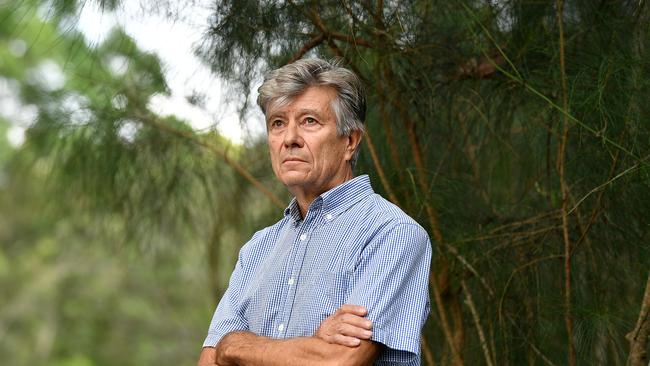
Friends of Lane Cove Park president Tony Butteriss said he was saddened but “not surprised” by the pollution incident.
Prior to the commencement of construction works, Mr Butteriss was among many residents who had raised concerns over pollution control measures during major rain events.
“The sediment will have an impact on invertebrates in the creek and that water then flows through the park into the Lane Cove River where there are fish species,” he said.
“We don't feel there has been enough oversight of the project – things that were promised in the way of pollution control that in our view haven’t happened.
“All the concerns we had are coming home to roost.”
In a statement, Ku-ring-gai Council said it would comply with the EPA order.
The council was unable to provide details of the cost of implementing the measures outlined in the order and whether it would impact the budget of the upgrade.





